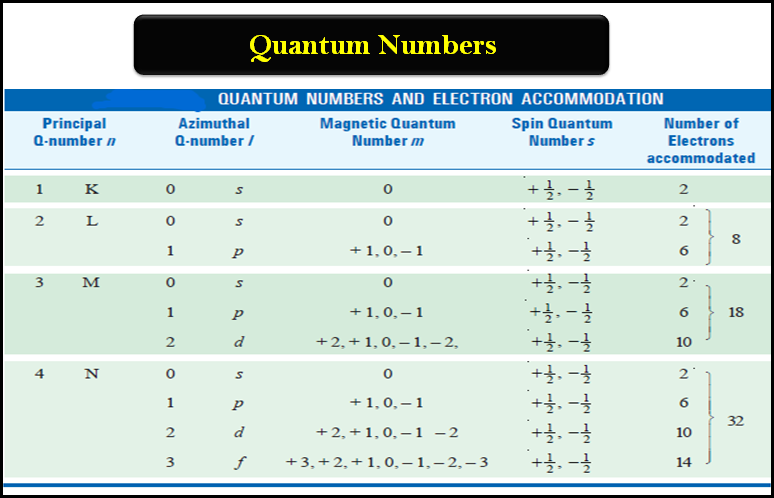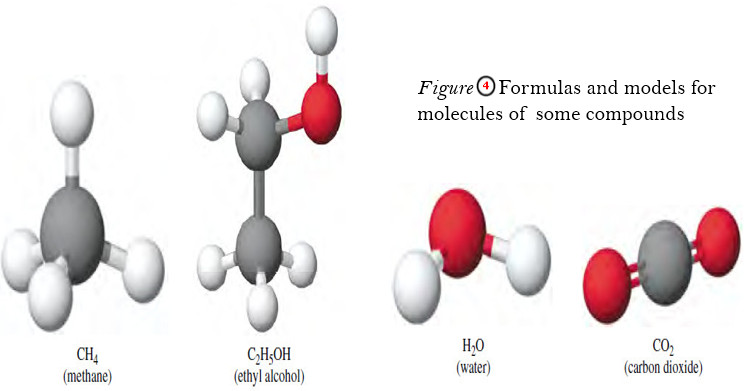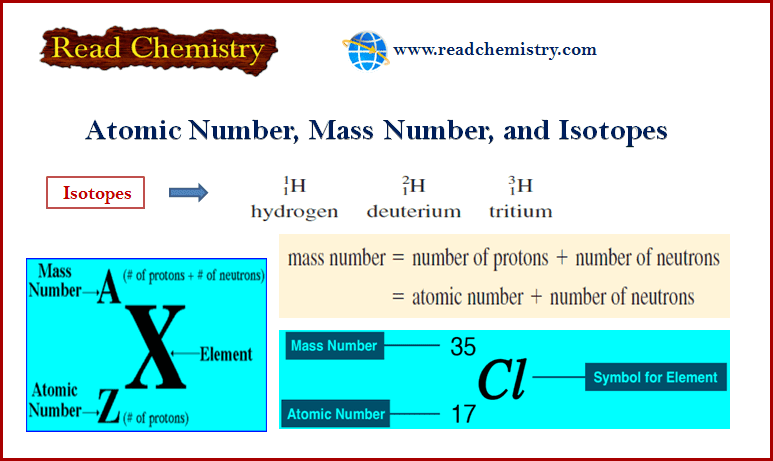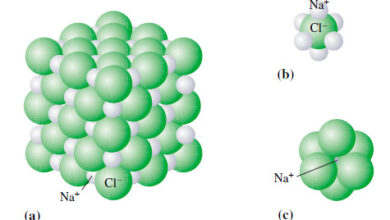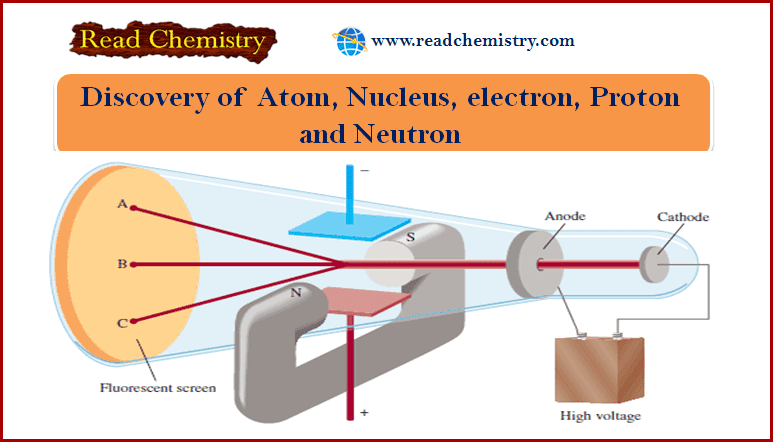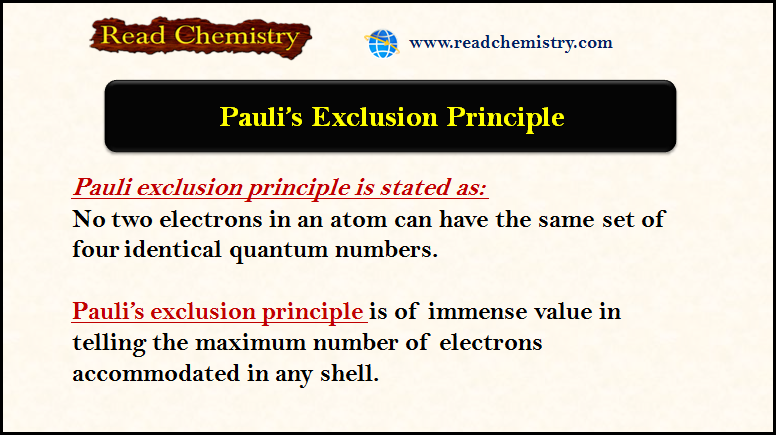Zeeman Effect

Zeeman Effect
– In 1896 Zeeman discovered that spectral lines are split up into components when the source emitting lines is placed in a strong magnetic field. It is called the Zeeman effect after the name of the discoverer.
– The apparatus used to observe the Zeeman effect is shown in the following figure:
– The apparatus consists of:
(1) electromagnets capable of producing strong magnetic field with pole pieces through which holes have been made lengthwise.
(2) Let a discharge tube or sodium vapour lamp emitting radiations be placed between the pole pieces.
(3) When the spectral lines are viewed axially through the hole in the pole pieces i.e., parallel to the magnetic field, the line is found to split up into two components, one having shorter wavelength (higher frequency) and the other having higher wavelength (shorter frequency) than that of the original spectral line, which is no longer observable.
(4) The two lines are symmetrically situated around the position of the original line and the change in wavelength is termed the Zeeman shift (denoted as dλ).
– When viewed in a direction perpendicular to the applied field the lines split up into three, the central one having the same wavelength and frequency as that of the original line and the other two occupying the same position as observed earlier.
Explanation of Zeeman effect
– In order to explain Zeeman effect, let us consider motion of an electron in a particular orbit corresponding to its permitted angular momentum.
(a) The motion of the electron in an orbit is equivalent to a current in a loop of wire.
(b) If a current carrying loop of wire be placed in a magnetic field, it experiences a torque, and energy of the system depends upon the orientation of the loop with respect to magnetic field.
(c) The correct values of the energies are obtained if the components of the angular momentum of the electron along the direction of the magnetic field are restricted to the value:
where m = 0, ± 1, ± 2, … and so on.
– Corresponding to these values of m, a given line splits into as many lines.
– Hence for each frequency of a radiation emitted by the atom in the absence of magnetic field, there are several possible frequencies in the presence of it.
– This is, in fact, the cause of the Zeeman Effect.
Lorentz’s theory
– The shift in the frequency (dλ) for each of the component lines is given by Lorentz’s theoretically derived equation as:
where:
- (H) is the strength of magnetic field,
- (e) the electronic charge,
- (m) the mass of electron,
- (c) the velocity of light
- (λ) the wavelength of the original line in the absence of magnetic field.
– The equation can also be written as:
– The validity of the above equation can be tested experimentally by observing the Zeeman shift (dλ) for a given light source of known (λ) (say D-line of sodium) for a magnetic field of known strength (H) and calculating the value of (e/m) for the above equation.
– Lorentz found that the (e/m) of the electrons found by this method comes out to be the same as by any other method.
Reference: Essentials of Physical Chemistry /Arun Bahl, B.S Bahl and G.D. Tuli / multicolor edition.






